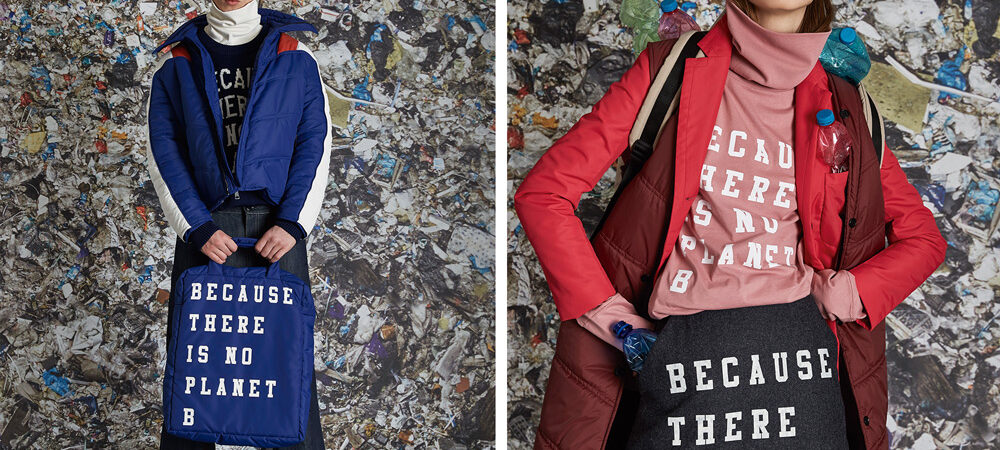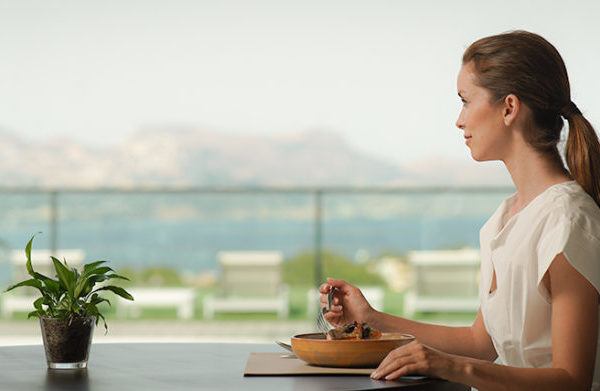
SHA Magazine Health & Beauty
Sense & Sustainability
We eat organic, we ditch plastic bags, we use paraben-free cosmetics and we print on recycled paper. Why don’t we take the same approach with out wardrobe?
The world is turning faster every day. It fashion was once defined by decades – the bohemia of the 70s, the shoulder pads of the 80s, the minimalism of the 90s – nowdays, things go out of style in a matter of months, weeks or days. In the age of internet, globalised social media and information overload, trends come and go thick and fast. This tendency also goes for the way we consume – as a society, we buy 400% more clothes than we did 20 years ago. But there is a high human and environmental cost to this insatiable mechanism.
Global textile production is responsable for 20% of the world’s water wastage and annually emits 1.2 billion tonnes of greenhouse gases – that’s more than all international flights and cargo ships combined. 73% of the 53 million tonnes of material used to make clothing and fabric ends up burnt or on landfills. Facing these figures, the United Nations declared the fashion industry to be the second most polluting on the planet – only following petrol. And that’s not all – clothing is one of the most likely products to be manufactured in the slave-like conditions all too common in a sector in which 80 percent of the workforce are women, according to the latest report by Fashion Revolution. This movement emerged following the collapse of the Rana Plaza Factory in Bangladesh in 2013, with the aim of getting the public to ask (and ask themselves): who makes my clothes? “We believe thats transparency is the first step to transform the industry. And it starts with this question. A simple question that makes people think differently about what they wear”, they declare.
To read the full article, get your copy of SHA Magazine here.





